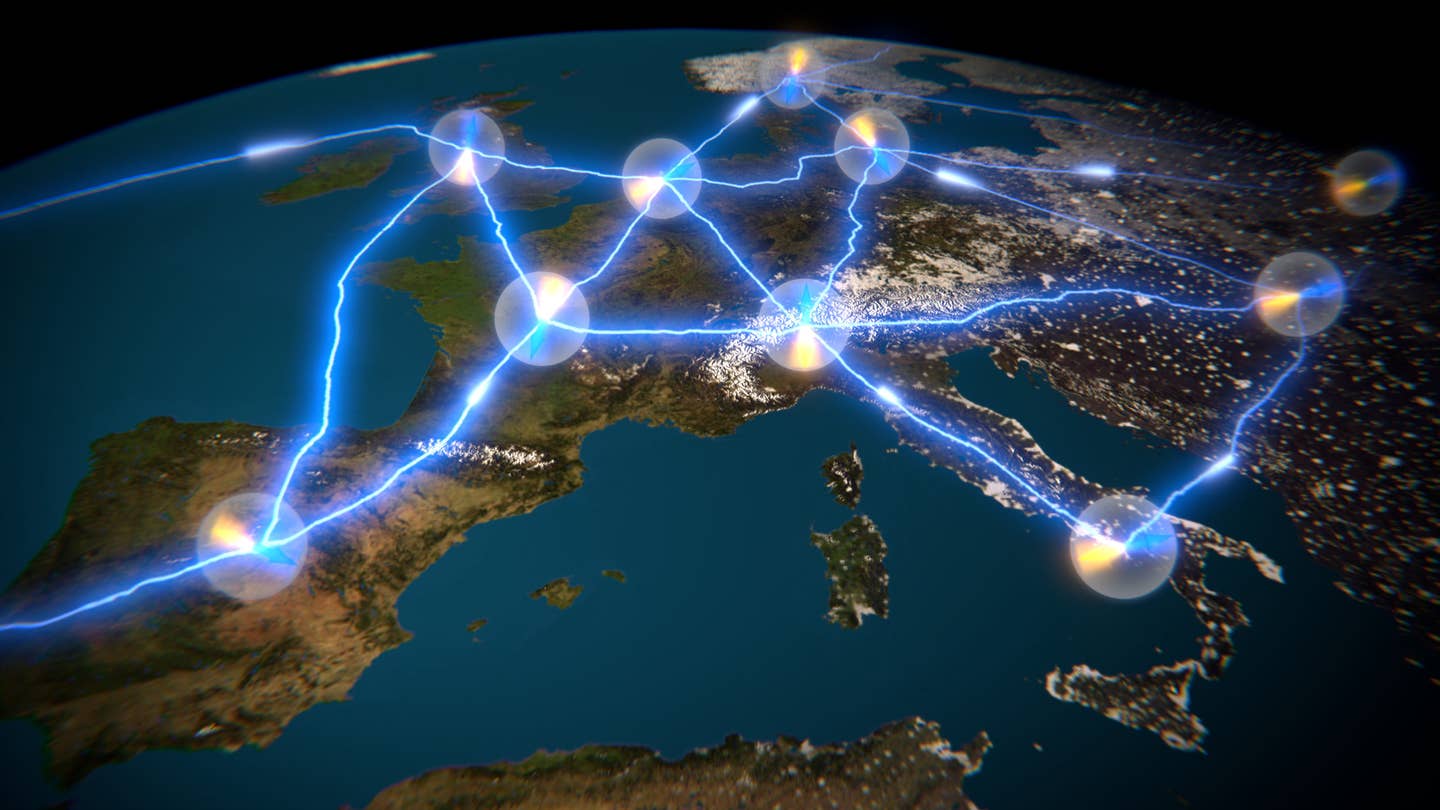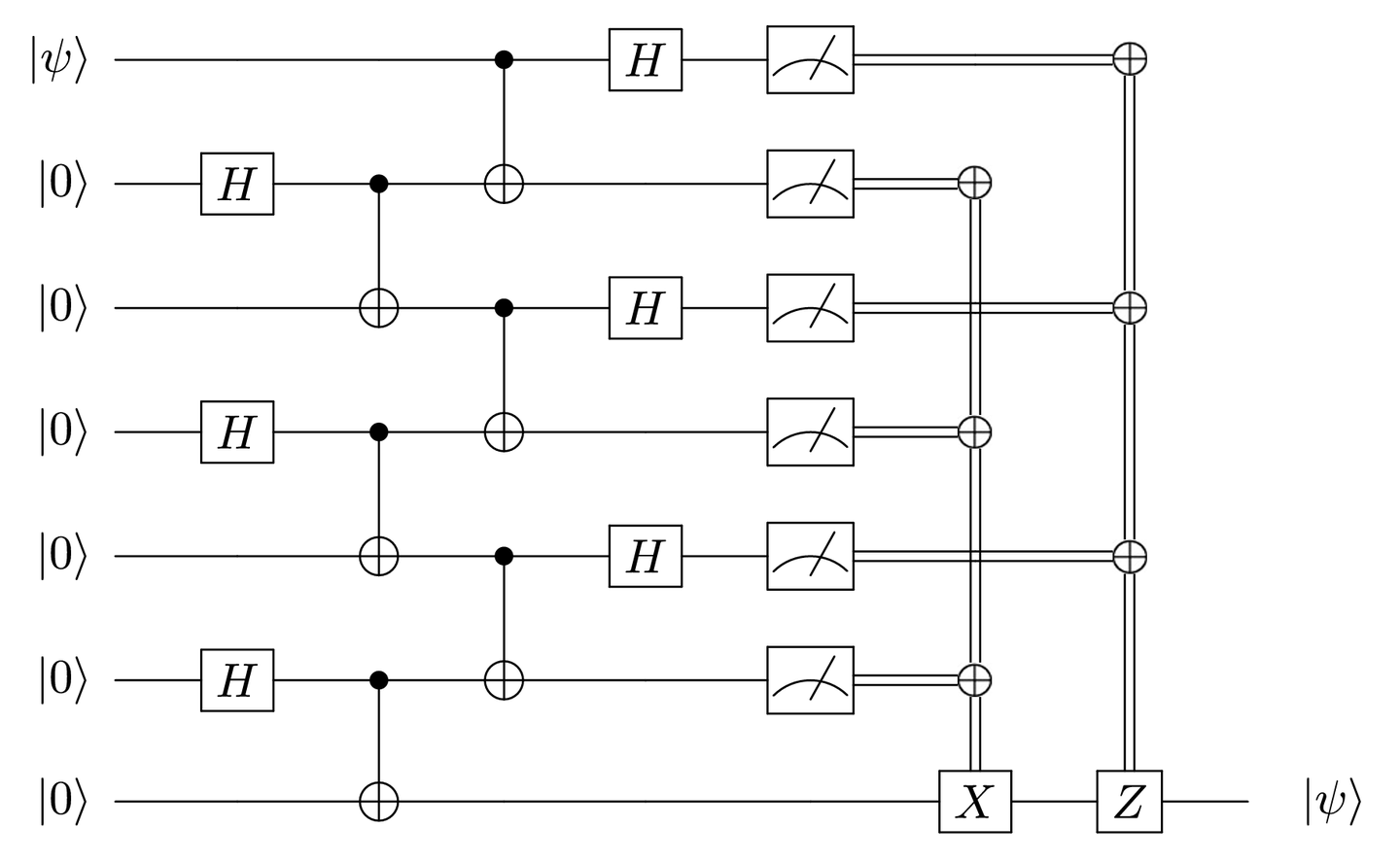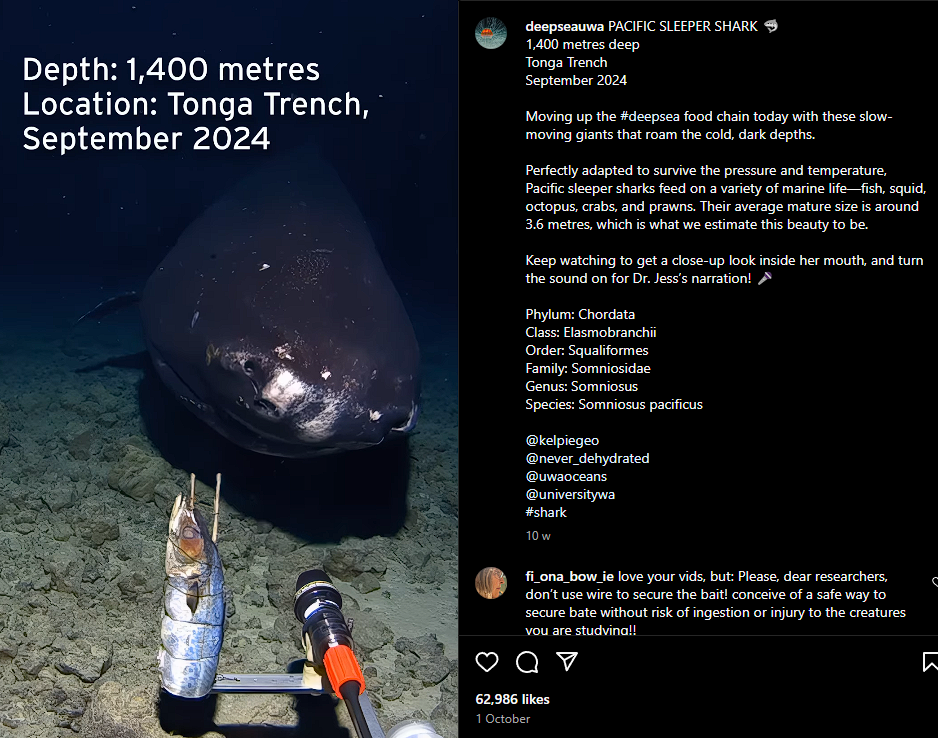
(Credit: Triff/Shutterstock)
AUSTIN — If you could weigh the universe, you’d find that about 85% of its matter is missing – or rather, invisible to our most sophisticated detection methods. This cosmic accounting error, known as dark matter, has long been one of science’s greatest mysteries. Now, researchers have discovered that this invisible mass might have formed in the universe’s prenatal period, even before what we traditionally think of as the Big Bang.
The intriguing new study from a team at the University of Texas at Austin offers a tantalizing origin story for this cosmic enigma. The researchers propose that dark matter might have been created during one of the most fundamental moments in universal history — a brief, explosive period of expansion called cosmic inflation that occurred just before the Big Bang.
“The thing that’s unique to our model is that dark matter is successfully produced during inflation,” says Katherine Freese, lead researcher and director of the Weinberg Institute of Theoretical Physics, in a media release. “In most models, anything that is created during inflation is then ‘inflated away’ by the exponential expansion of the universe, to the point where there is essentially nothing left.”
The research, published in the journal Physical Review Letters, introduces a novel mechanism called WIFI (Warm Inflation Freeze-In), which suggests that dark matter could have been generated during the universe’s earliest moments through tiny, rare interactions within an incredibly hot and energetic environment.

Most cosmologists now understand that the universe’s beginning was far more complex than a simple explosive moment. Before the Big Bang, matter and energy were compressed into an incredibly dense state so extreme that physicists struggle to describe it. A fraction of a second of rapid expansion — inflation — preceded the more familiar Big Bang, setting the stage for everything that would follow.
In this new model, the quantum field driving inflation loses some of its energy to radiation, which then produces dark matter particles through a process called freeze-in. The most remarkable aspect of the research is its suggestion that all the dark matter we observe today could have been created during that brief inflationary period.
What makes this new WIFI mechanism so revolutionary is its efficiency. The researchers found that it could produce dramatically more dark matter than conventional models – in some cases, up to 18 orders of magnitude more. That’s like comparing a teaspoon of water to all the oceans on Earth.
“In our study, we focused on the production of dark matter, but WIFI suggests a broader applicability, such as the production of other particles that could play a crucial role in the early universe’s evolution,” notes researcher Barmak Shams Es Haghi.
This theory opens up exciting new avenues for exploring the universe’s fundamental building blocks. While currently unconfirmable through direct observation, the researchers are optimistic. Graduate student Gabriele Montefalcone points out that upcoming experiments studying the Cosmic Microwave Background and large-scale universal structures could provide crucial validation.
“If future observations confirm that warm inflation is the correct paradigm, it would significantly strengthen the case for dark matter being produced as described in our framework,” Montefalcone concludes.
Methodology
The team employed advanced mathematical modeling to simulate dark matter production during warm inflation. By developing sophisticated numerical code, they could explore how different interaction parameters might influence dark matter generation during the universe’s earliest moments.
Key Results
The research revealed that dark matter production during warm inflation could be dramatically more efficient than previously thought. Depending on specific interaction strengths, the model suggests that nearly all observable dark matter could have been produced during the inflationary period.
Study Limitations
As a purely theoretical study, the research relies on mathematical models that cannot be directly verified with current observational technologies. The findings assume specific conditions about the early universe that remain hypothetical.
Discussion & Takeaways
The study provides a revolutionary perspective on dark matter’s origins, challenging existing models and suggesting that the inflationary period might be far more dynamic than previously understood. It offers a new framework for conceptualizing cosmic evolution and matter creation.
Funding & Disclosures
The research was supported by the U.S. Department of Energy, the Swedish Research Council, and the Jeff and Gail Kodosky Endowed Chair in Physics at the University of Texas at Austin. The authors declare no conflicts of interest.





























